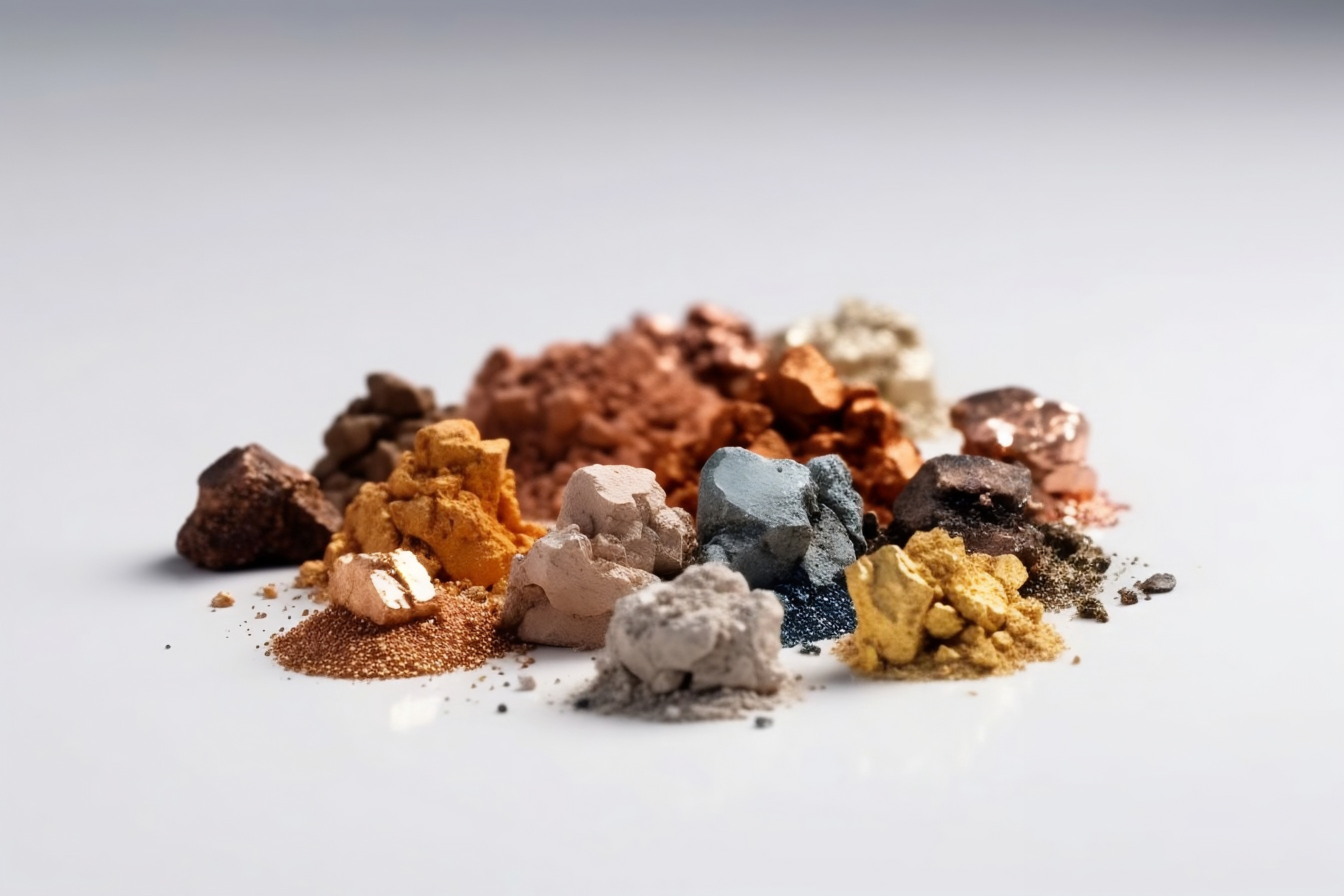
Rare earth metals (REMs) are a group of 17 elements that are in increasing demand for a range of modern electronic devices. As noted in our original article on REMs, they are used in electronics, renewable energy technology and defence products, making the family of metals politically and economically crucial to the global supply chain.
Their increased importance has led to a number of changes across the supply chain, as countries struggle to protect flows of the critical minerals.
Outlook for the year
The prices of REMs are expected to rebound later this year, according to Reuters, as analysts say demand is predicted to catch up with supply.
Data from the Shanghai Metals Market (SMM) showed that prices of praseodymium oxide, one of the most widely used rare earth elements, fell 34% in 2023, with falls in terbium oxide and neodymium oxide also reported.
Discovery
China currently dominates the REM market, meaning that the EU imports 98% of its REMs from China, while the US imports 78%.
As the metals are important in the green transition, China’s continued dominance is seen as a threat to many countries’ supply chains.
China processes nearly 90% of rare earth elements, with companies linked to Beijing making significant investments in mining and processing companies abroad.
Geopolitics
In late December 2023, China announced a ban of rare earth extraction and separation technologies, citing a need to defend its national security and public interests, and demonstrating its stranglehold on the global supply of REMs and other critical minerals.
Considering geopolitical tensions, the US and G7 allies have been examining ways to reduce their reliance on China, and have been looking for potential new REM trading partners while seeking to develop domestic capabilities.
UK’s approach
In its Critical Imports and Supply Chains Strategy, announced earlier this year, the UK government identified REMs as minerals that were critical to the country's future.
The strategy identified a number of different methods and projects to boost the UK’s domestic production, including recycling of rare earth magnets and the development of a new facility in Saltend Chemicals Park in the Humber Freeport for industrial-scale separation of rare earth elements.
The controversial notion of deep-sea mining has also been mentioned in the strategy, although the government has only committed to “proactively build” its research base on deep-seabed minerals and the potential impact it would have on the sea’s ecosystems.
Wyoming
From the 1960s onwards, the US withdrew from its rare earth metal industry, largely letting its domestic industry be taken over by foreign investors.
The Mountain Pass Mine, the only REM mining and processing facility in the US, was dormant from 2005 to 2009. Since 2020, MP Materials has received extensive funding as part of the US’ efforts to retain control of its REM processing.
One potential new source sits in the US state of Wyoming, after mining company American Rare Earths announced that one of its mining sites could pass 44m metric tonnes.
Last Wednesday (7 February), the company said it had completed technical analysis that showed that the resource potential of the drilling site had increased by 65% during the exploration process.
“Typically, you’ll see the resource decrease as infill drilling takes place – instead we’re seeing the opposite, with only 25% of the project being drilled to this point,” said CEO Donald Swartz.
The reserves at the Wheatland drilling site could help the US to surpass China’s output of critical minerals, with Swartz saying that the discovery “exceeded our wildest dreams”.
Issues
The difficulty lies in the politics of getting approval for new mines.
Many mines in the US and other western nations have faced difficulties getting approved, partly due to environmental concerns.
Development of many potential sites, for both REMs and other critical minerals, has spent decades mired in paperwork, with concerns raised about the pollution effects of mines.
REMs are not actually that rare, but they require extensive and often hazardous processing to convert the raw ore into something that can be used. Open mine pits that scar the earth and wastewater ponds filled with toxic materials are common by-products, often requiring expensive treatment.
“We need rare earth elements to help us with the transition to a climate-safe future,” says Michele Bustamante, a sustainability researcher at the US Natural Resources Defense Council told Science News, “[yet] everything that we do when we’re mining is impactful environmentally.”

